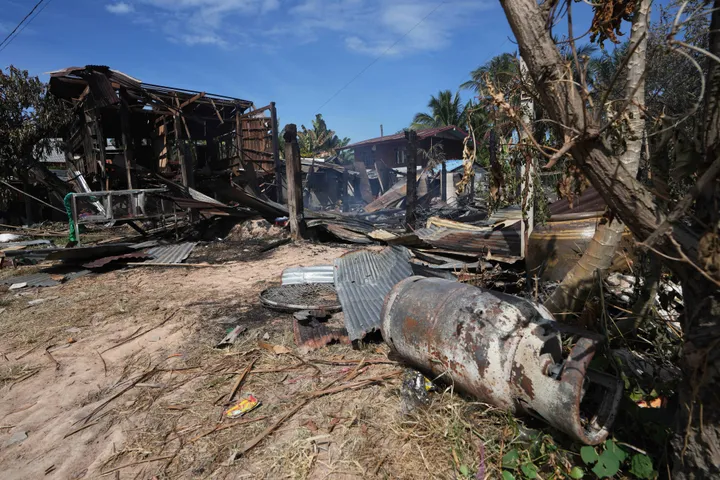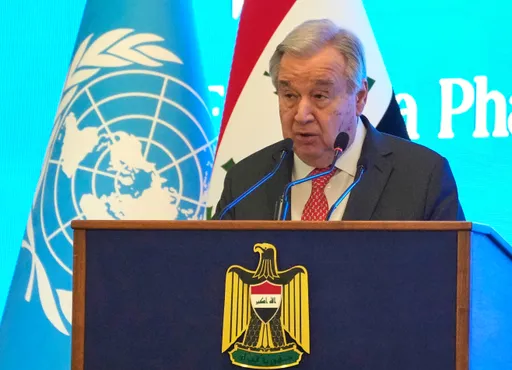Australia's Great Barrier Reef should be listed as a world heritage site that is "in danger", a UN panel has recommended, saying the world's biggest coral reef ecosystem was significantly impacted by climate crisis and warming of oceans.
"The resilience of the (reef) to recover from climate change impacts is substantially compromised," according to a report released on Tuesday by the United Nations Educational, Scientific and Cultural Organization (UNESCO) scientists, who visited the reef in March.
Frequent bleaching events are threatening the reef, including four over the last seven years and the first during a La Nina phenomenon, which typically brings cooler temperatures, this year.
Bleaching happens when the water warms too much, causing corals to expel the colourful algae living in their tissues and turn white.
Corals are sessile animals that 'take root' on the ocean floor. They can survive a bleaching event but it can stunt their growth and affects reproduction.
The report was expected to be released ahead of a meeting of the UNESCO world heritage committee in June scheduled to be held in Russia but that was postponed due to the war in Ukraine. Dates for the next meeting have not been decided yet.
Though efforts to address climate change have ramped up recently, particularly research on coral restoration, "utmost urgency" is required to save the reef, the report said.
Canberra has lobbied for years to keep the reef - which contributes A$6.4 billion ($4.3 billion) to the economy - off the endangered list as it could lead to losing the heritage status, taking some shine off its attraction for tourists.
READ MORE: Parts of Australia's Great Barrier Reef show record coral cover in 36 years
Is the recommendation premature?
Prior to Covid-19, around 2 million tourists visited the reef located off Australia's northeast coast every year, official data showed, providing jobs for 64,000 people.
Last year, Australia dodged an "in danger" listing for the reef after heavy lobbying by the previous government led UNESCO to postpone a decision to this year.
Environment Minister Tanya Plibersek said the government would push UNESCO to not list the reef as endangered because climate change was threatening all coral reefs across the world.
"We'll clearly make the point to UNESCO that there is no need to single the Great Barrier Reef out in this way," Plibersek said during a media briefing.
"The reason that UNESCO in the past has singled out a place as at risk is because they wanted to see greater government investment or greater government action and since the change of government, both of those things have happened."
Australia's recently elected Labor government has pledged to spend $800 million (A$1.2 billion) in coming years to protect the reef. The parliament in September passed a legislation for net zero emissions by 2050.
The independent Great Barrier Reef Foundation said it was already aware of the series of threats identified in the UN report but the recommendation to add the reef to the endangered list was premature.
"The Great Barrier Reef is a wonder, she's got her challenges, but she's definitely not on her last legs in any case," Managing Director Anna Marsden said.
READ MORE:UN: World to be hit harder by disasters in coming years
























